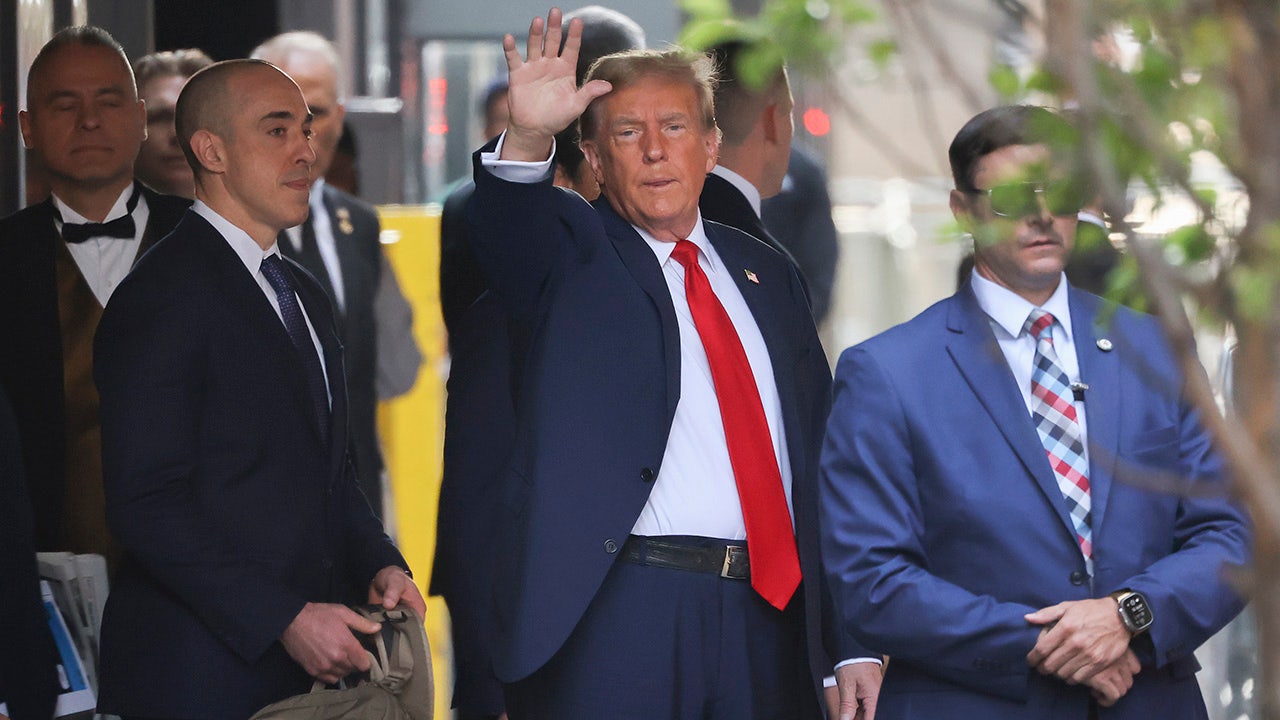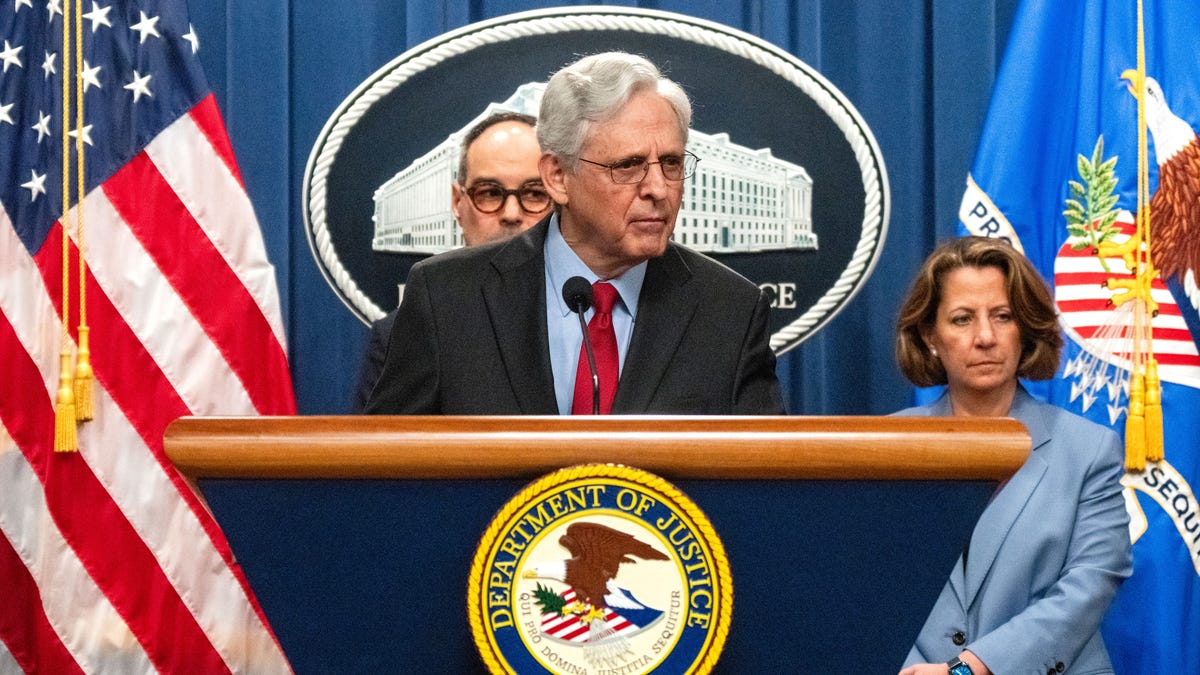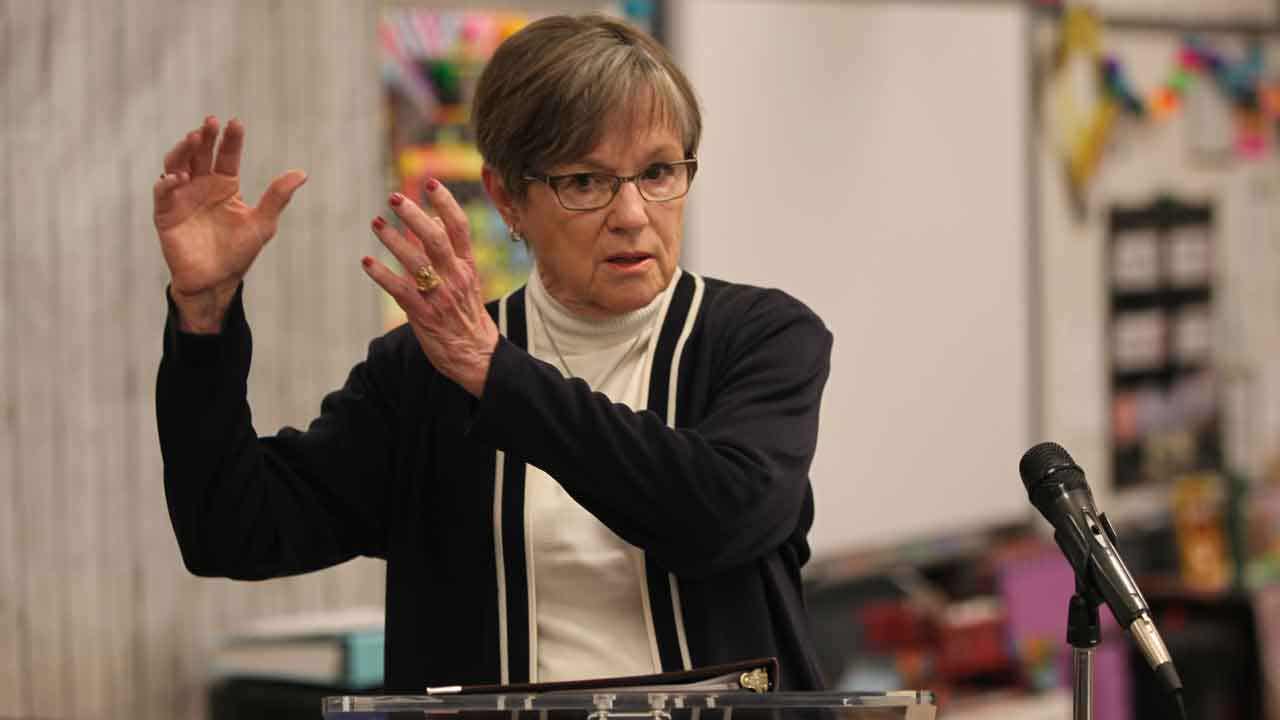Hawaii
Woman sought for information on troubling Hawaii Island missing persons case
/cloudfront-us-east-1.images.arcpublishing.com/gray/X6UDFWFCSJAKNHRQKXCVWL6ND4.png)
HONOLULU (HawaiiNewsNow) – There’s a bizarre twist in a missing persons case on the Big Island.
Police are now asking for help to find a 48-year old woman who may have information about the disappearance of 76-year old William Bishop, who was reported missing on Jan. 22.
The woman, Roberta Mokihana Perry, appears to be dodging police.
Two bulletins were put out asking for the public’s help on the Pahoa woman’s whereabouts, the first in September and then another last week.
“She’s been actively avoiding police contact,” said Hawaii Police Capt. Rio Amon-Wilkins. “We have made appointments with her to come in, and she’s failed to do so.”
Amon-Wilkins said Perry does have a warrant for an unrelated theft case.
Perry is not a suspect in Bishop’s disappearance, but could have helpful information in the case.
Amon-Wilkins referred to her as “a piece of the puzzle in this investigation.”
Bishop’s family members, including son Jay, fears witnesses are too afraid to come forward and report Perry’s location to police. “It’s really unfortunate,” he said.
He added that he wants to know what happened, even if his father was a murder victim.
Daughter-in-law Rachel Bishop said she also fears the worst, but is holding out hope Bishop will be found alive. “It would be a miracle,” she said.
There are rewards being offered for information about both Perry’s whereabout and Bishop’s disappearance. Call Hawaii County police if you can help. The non-emergency number is (808) 935-3311. The Criminal Investigation Section can be reached at (808) 961-2381.
You can also email the detective at Scotty.Aloy@hawaiicounty.gov.
Copyright 2023 Hawaii News Now. All rights reserved.

Hawaii
Honolulu's World's Safest City Accolade: Visitor Fact or Fiction?
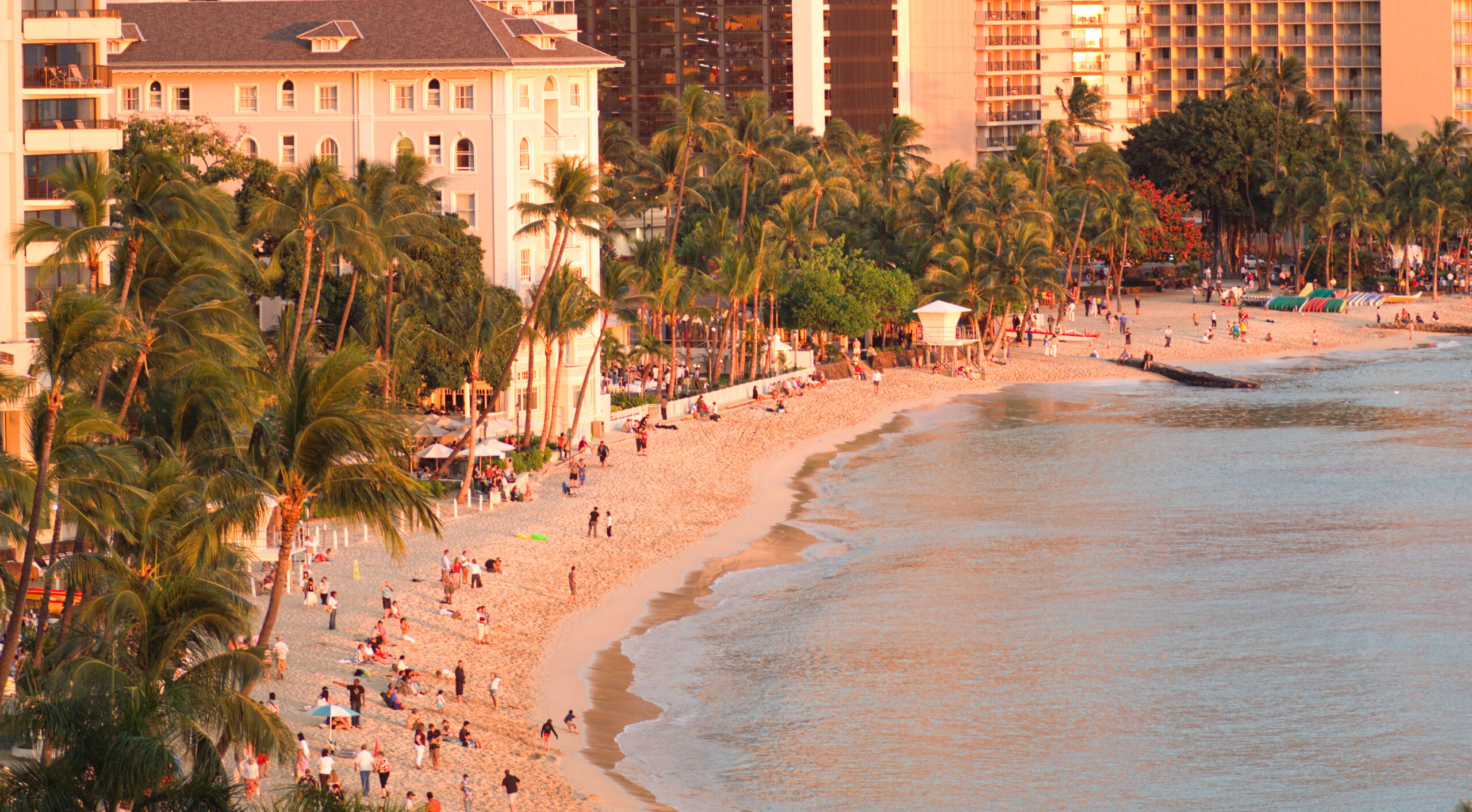
Honolulu has just been awarded the title of the “World’s Safest City” by Berkshire Hathaway’s annual Safest Destinations report. The honor was accepted by Hawaii Tourism, Mufi Hanemann, Mayor Blangiardi, and others. This recognition from Warren Buffett’s Berkshire Hathaway is based on their analysis of safety metrics ranging from health measures to crime rates. Honolulu scored high in safety for women, LGBTQ+ travelers, and travelers of color. The city was ranked 12th overall last year.
This comes on the heels of last month’s report we wrote about from Hawaii Tourism that said its own visitor survey confirmed similar ranks.
Yet, as you’ll see below, we receive countless comments that offer different points of view, and our own perceptions also don’t completely concur with either of these findings.
So does this global recognition accurately reflect the everyday reality in Honolulu, particularly from a Hawaii visitor perspective?
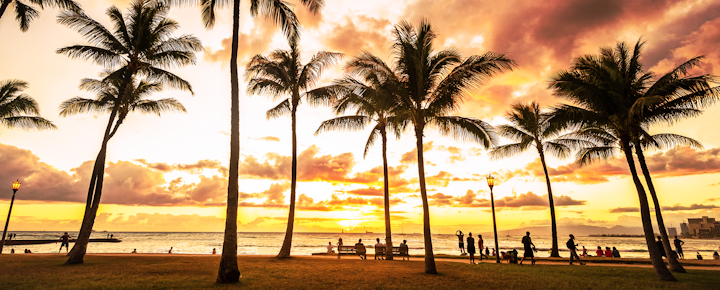
Analyzing recent Honolulu crime statistics.
The latest crime statistics from the Honolulu Police Department reveal a more nuanced situation in relation to the city’s safety landscape, which may impact tourists more directly than the trip insurance survey.
Here’s a breakdown of the year-to-date crime rates comparing 2024 with the same period in 2023, focusing on crimes most relevant to visitors:
- 👍 Theft Offenses: Overall, theft offenses have decreased by 11.6%, with significant reductions in motor vehicle thefts (-23.9%) and theft from motor vehicles (-35.9%). These figures suggest an improvement in the security of personal property, especially vehicles— a common concern for Hawaii visitors.
- 👍 Robbery: Robbery rates have seen a decrease of 20.5%, indicating a safer environment for tourists in public spaces.
- 👍Assault Offenses: While there has been a small decrease in overall assault offenses, the number of aggravated assaults has dropped by 9.6%, possibly reflecting better police handling of violent incidents such as in crowded tourist areas like Waikiki.
- 👎 Prostitution Offenses: There has been a notable increase in prostitution offenses, with a rise of 800% from the previous year. This might be relevant for areas frequented by Honolulu visitors, reflecting changes in nighttime safety and/or possibly influencing visitors’ perception of safety.
- 👎 Drug-Related Offenses: Drug offenses have increased by 5.2%, suggesting Hawaii’s ongoing challenges with drug activities overall, and in areas that could also affect tourists.
- 👎Homicide – While not usually pertaining to visitors, the homicide rate has increased 100%, and kidnapping and abduction is up 45% over last year.
- 👎Curfew-Loitering-Vagrancy – Up 222%, which may reflect issues associated with the increase in the Honolulu homeless population.


Safety initiatives and public/visitor perception.
Despite varying statistics, Honolulu has implemented numerous safety initiatives designed to protect both residents and tourists. Programs like Safe and Sound Waikiki and community policing efforts have been significant. However, the perception of safety in Honolulu still varies, especially when isolated incidents or visible street-level problems are still encountered by visitors.
While now holding title of the “World’s Safest City,” the real situation is complex.
For Hawaii tourists, the experience of safety can be influenced more by local incidents and visible social issues than by statistically significant improvements in major crime. These nuances, missing from the accolade report or the information from the Hawaii Tourism Authority, is more honest and essential in providing an accurate depiction of what visitors can expect while traveling to Honolulu.
Honolulu visitor safety tips.
For visitors to Honolulu, remaining aware of their environment and taking precautions, especially such as securing personal belongings, staying in publicly accessed and well-lit areas at night, and remaining vigilant in crowded tourist spots can only enhance their safety and ensure a pleasant Hawaii vacation.
Your perception of Honolulu safety matters!
We were shocked to find nearly 1,000 comments on Beat of Hawaii that speak about crime, much of it is in Honolulu. Those below are from just the past weeks.
- For the most part, tourists come here, spend money, and leave. I wish I had in-laws like that! Hawaii (especially Oahu) needs to clean up their own houses first and foremost!
- Until the state starts getting serious about the crime, homelessness, drug use, and general pilau attitude of locals regarding tourists, the numbers will continue to fall.
- Crime? What about the tourist who drowned last year, whose rental car was stolen right in the middle of the whole incident?
- Hawaii should kiss the grounds for having tourists. Streets and bathrooms are neglected, prices are high, and the attitude is sour. Too many homeless and crime. Hawaii has never been a paradise for jobs, and now we will have more people on sidewalks!!!
- Nassau in the Bahamas is currently dealing with a huge increase in street crime. Mexico is totally unsafe. Just ask any Texas resident like me. I’ll take Hawaii over them!
- Look up the crime reports for Oahu, Maui, and all the islands. Stolen property and property crimes are the highest mentioned and all is public records information that are true facts and not made up. Again public records and free to Google by HPD etc. No made up stories here. Example search 2024 Oahu Crime and bam the link is first on the list. Have you ever heard of Hawaiian Ice? Well it’s not what goes in a Snow cone.
- Google Honolulu’s 2024 crime report will display categories from violent to property crimes. Search for the area’s most dangerous and if it is safe to be there at night. Isolated and less populated areas seem to be targets for tourists. One point that an article stated was a tourist who looks like they have money is an easy target for a drug addict or homeless person. Mainly watch your surroundings and stay safe.
- I left and went to the Philippines. Very little crime outside of Manilla. No taxes, no restrictions on Short Term rentals. No resentment from locals. No fees. No government hate to tourists and being forced into run-down overpriced crowded hotels. The cost of food and eating out is 70% less than in Hawaii. Environmentally, it is much more alive. Reefs. Ocean fishing. The government of Hawaii wants to enrich itself at the expense of its residents and tourists while it provides a substandard, unsafe product. I have no issue with the people and aloha spirit.
- Before trying to convince the Japanese to come to Hawaii, Green should clean up crime and ongoing homelessness. I am sure they will easily convinced.
- Oahu has serious problems with violent and nonviolent crime.
Feedback from residents and visitors often provides a better ground-level perspective that differs from statistical analyses by police or data from trip insurance. Your input as recent visitors helps highlight concerns about issues like nighttime safety and homelessness in tourist-focused areas, and help provide a more complete picture of safety in Honolulu.
Hawaii
Alarming Hawaii Foodbank report finds 1 in 3 Hawaii households are food insecure

HONOLULU (HawaiiNewsNow) – As inflation pushes grocery prices higher, paychecks aren’t keeping up. As a result, more people are going without food on a regular basis, a new report finds.
The Hawaii Foodbank commissioned a first-of-its-kind study last year to get statistics specific to Hawaii’s diverse communities.
Advocates say they found a public health crisis that’s worse than they thought.
“It’s more than twice the national average. So it is quite high,” said Amy Miller. president and CEO of Hawaii Foodbank, referring to the number of people considered “food insecure.”
“Almost a third of Hawaii households don’t have regular access to safe and healthy foods. We have 1 in 10 households right here in Hawaii where people are going a whole day without eating.”
Other key findings from the report:
- 1 in 3 children experience food insecurity, with 6% going an entire day without food
- Nearly half of adults aged 18-29 were the most affected by food insecurity
- 44% of college students don’t have enough to eat
- More than 40% of native Hawaiians, Pacific Islanders and Filipinos are food insecure
- Food insecurity was highest on Hawaiʻi Island, followed by Maui, then Oʻahu, and Kauaʻi.
“Grocery prices have gone up 25% since COVID. So for so many families it’s already hard to make ends meet and price food prices going up that high is just too much,” Miller said.
“We’re seeing families coming to distributions for the first time, they’ve never needed to ask for help before. But they work. Sometimes they work two jobs, even three jobs.”
And while there are goverment hunger relief programs, many working families aren’t eligible for SNAP and other aid, so they turn to churches and nonprofits for help.
“There’s more needs of food. And they are people who are employed. But in addition they need food. After bills and stuff, they don’t have enough,” said Brenda Libby, of Windward Baptist Church, which distributes Foodbank food to those who need it.
To save money, families are also foregoing medicine and health care.
Advocates hope the report should prompt swift action, whether it’s through private donations or government funding.
“More aid for people, especially families., working families and are homelessness,” Libby said.
The Foodbank plans to host distributions and hot meal sites this summer, especially with families not able to access school meals.
Its Kauai 4 Keiki program, for example, is giving away free meals this summer to eligible children ages 18 and younger (or up to 22 years of age with a disability and enrolled in a HIDOE school) who reside in a rural areas or these specific area codes: 96707, 96717, 96730, 96731, 96744, 96762, 96786, 96795.
The Foodbank will provide meal boxes at five Kaukau 4 Keiki food distribution sites from June 3 through July 26, 2024. Each box will contain groceries to prepare seven days of breakfast and lunch for one child.
Registration is on a first come, first served basis at HawaiiFoodbank.org/kaukau.
If you or someone you know needs help, or if you’d like to donate, visit hawaiifoodbank.org.
Copyright 2024 Hawaii News Now. All rights reserved.
Hawaii
Blackstone Offloads Turtle Bay Resort in Hawaii for $725M
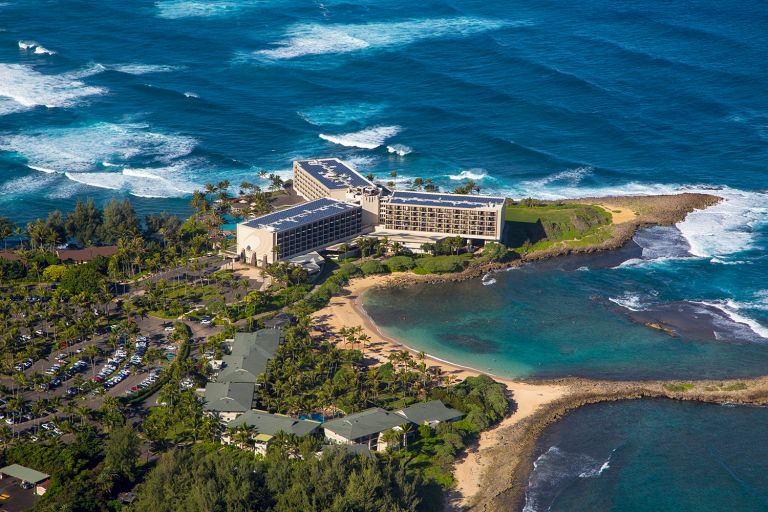
Blackstone (BX) is selling Turtle Bay Resort on the north shore of Oahu, Hawaii, for $725 million — double what it paid for in 2018.
Host Hotels & Resorts bought the 450-room resort on 1,300 acres and plans to rebrand it as a Ritz-Carlton. The deal comes six years after Blackstone put down $332 million in acquiring the property, according to attorneys for both the buyers and the sellers.
The deal will officially close in the third quarter of 2024.
“This transaction is an excellent outcome for our investors and a testament to Blackstone’s ability, including through the pandemic, to transform iconic, luxury hospitality assets,” Rob Harper, head of real estate asset management for Blackstone in the Americas, said in a statement.
While Harper said the real estate leviathan had spent money repositioning the resort over its time owning it, Blackstone declined further comment regarding how much was invested in renovations.
The renovations included a facelift to guest rooms, bungalows, the lobby, pools, restaurants, retail spaces, meeting space, the spa, a club lounge, building systems and the exterior, according to Host Hotels & Resorts.
“Oahu is a high-demand leisure destination with consistently high occupancy, an internationally diverse demand base, and high barriers to entry, resulting in slightly negative supply growth historically and essentially no anticipated near-term supply,” James Risoleo, CEO of Host, said in a statement. “In addition, because of the Resort’s recent transformational renovation, we do not expect meaningful capital expenditures in the near term.”
Eastdil Secured, JLL (JLL) and Sumitomo Mitsui Banking acted as brokers and financial advisers while Simpson Thacher & Bartlett provided legal counsel for Blackstone and announced the deal. It’s unclear who brokered the deal on behalf of the buyer.
The transaction included a 49-acre parcel that can be developed into another resort amenity. Host paid $50 million for the parcel.
Host projects that the resort will generate $980 in revenue per available room, a metric known as RevPAR in the hotel industry.
Mark Hallum can be reached at mhallum@commercialobserver.com.
-

 Culture1 week ago
Culture1 week agoFrom Dairy Daddies to Trash Pandas: How branding creates fans for lower-league baseball teams
-

 World1 week ago
World1 week agoPanic in Bishkek: Why were Pakistani students attacked in Kyrgyzstan?
-

 News1 week ago
News1 week agoRed Lobster files for bankruptcy after missteps including all-you-can-eat shrimp
-

 News1 week ago
News1 week agoThe states where abortion is on the ballot in November : Consider This from NPR
-

 Politics1 week ago
Politics1 week agoMichael Cohen swore he had nothing derogatory on Trump, his ex-lawyer says – another lie – as testimony ends
-

 Movie Reviews1 week ago
Movie Reviews1 week agoMai Movie Review: Emotionally powerful lead performances in this sensitive and heart-breaking romantic film
-

 Politics1 week ago
Politics1 week agoAnti-Israel agitators interrupt Blinken Senate testimony, hauled out by Capitol police
-

 News1 week ago
News1 week agoCity of Kyle falls short of ‘Kyle’ world record












